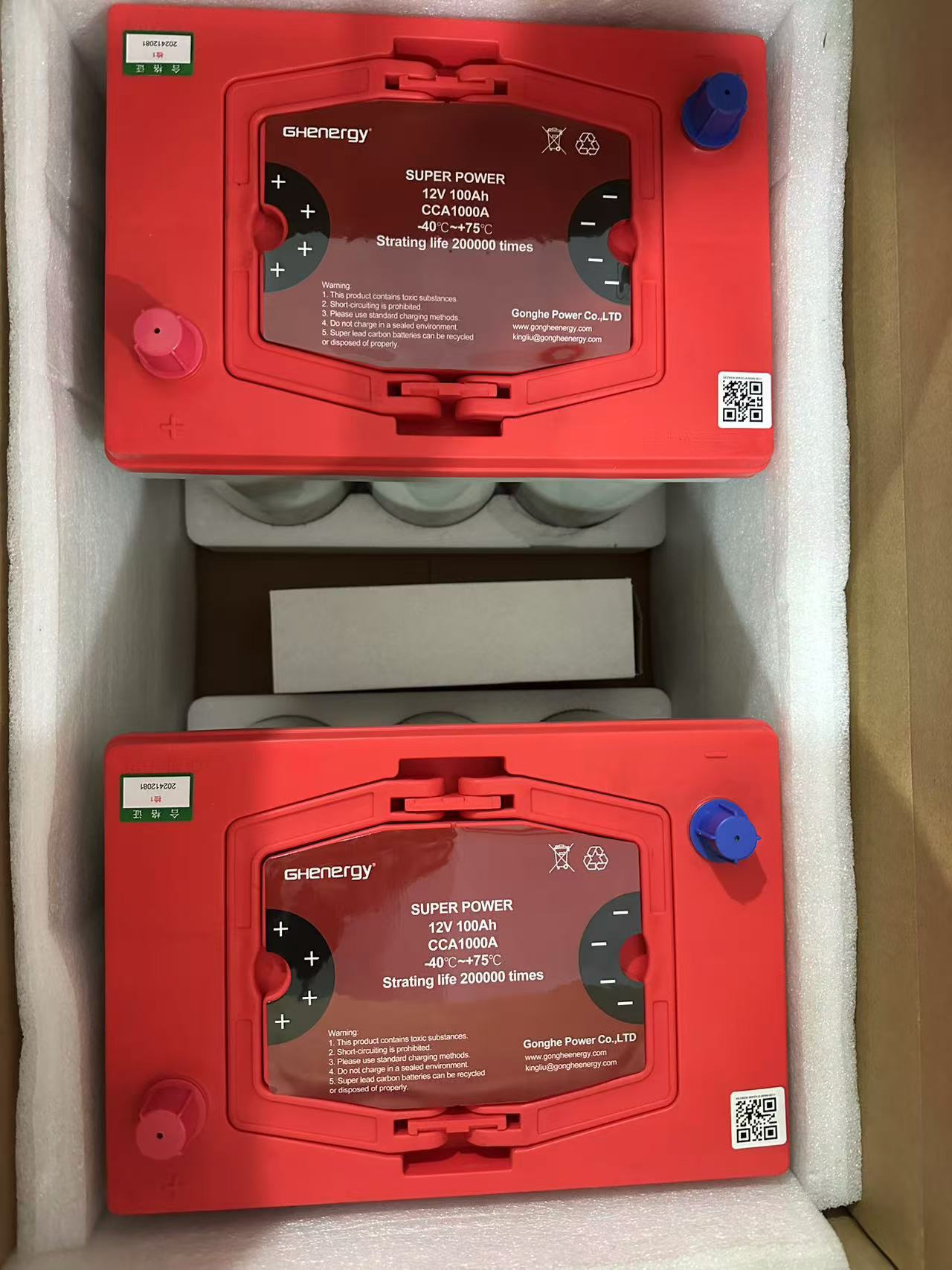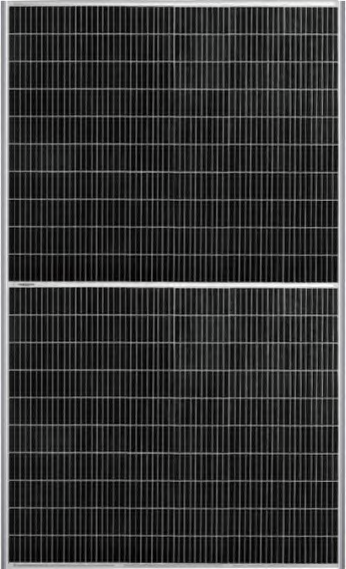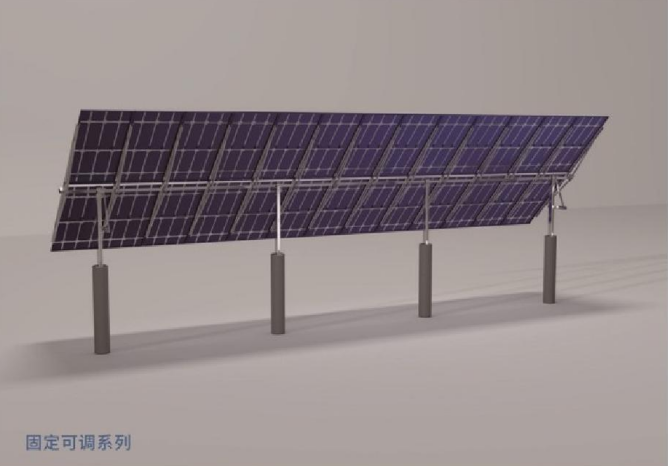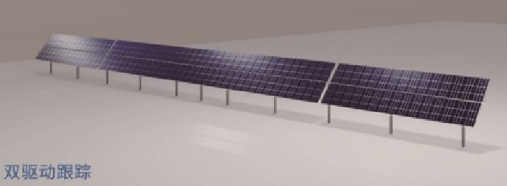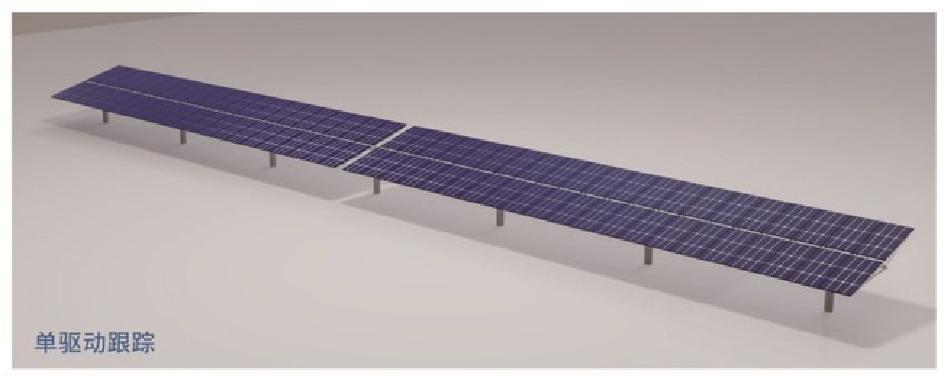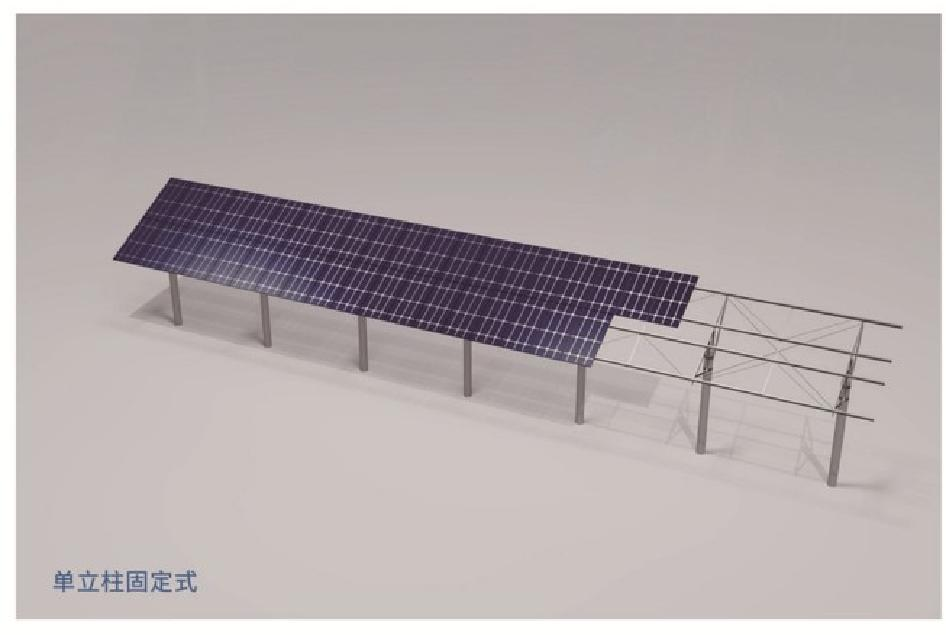Wedoany.com Report-Jan 10,Extension of the Production Linked Incentive (PLI) scheme for solar energy value chain, increased allocation towards PM Suryaghar Muft Bijlee Yojana, and greater thrust to distribution and transmission infrastructure are likely to be the key features of the upcoming Budget, as far as the energy sector is concerned.
Sources said these proposals figured not only in the budget wish lists of the industry, but also in the respective recommendations from the ministries of power and renewable energy to the finance ministry , ahead of the Budget.
While the government has already launched rooftop solar scheme and announced viability gap funding for offshore wind projects, industry players expect increased allocations, particularly towards solar and wind, along with higher budgetary capital expenditure in green hydrogen and battery storage infrastructure. Along with this, the sector also expects the government to increase its coverage of households under PM Suryaghar.
“Given the success of PM Suryaghar scheme with almost 600,000 installations in just nine months since its launch, one could probably see additional allocation to target more households,” said Ashwin Jacob, partner at Deloitte India. “As far as evacuation of power from offshore wind projects is concerned, we would want to see the VGF or budgetary support to continue or get enhanced,” he added.
“We hope to see a decisive increase in funding to accelerate the green energy transition. Priorities must include scaling renewable energy by addressing grid and transmission challenges, advancing Battery Energy Storage Systems (BESS) for grid stability and reliable power, doubling energy efficiency and digitalizing the energy sector through AI, smart meters, and data-driven solutions. Streamlining rooftop solar programs with simplified approvals, financing, and monitoring is equally vital,” said Saurabh Kumar, Vice President – India, Global Energy Alliance for People and Planet (GEAPP).
Sharat Goyal, CEO of Impact Infracap also expects the government to remove restrictions on state wise caps on roof top capacity for net-metering for industrial establishments. “Further, adoption of batteries to substitute use of diesel generators for back-up power should receive incentives and policy support given their role in reducing dependence on imports,” he said.
While the government is increasingly working towards enhancing the country’s RE capacity, the distribution and transmission infrastructure for its evacuation still needs to be strengthened. With the peak demand for power growing at a rate of 8-9% annually, the industry is looking forward to strengthening of climate resilient infrastructure augmentation. “One can expect new allocations towards augmentation of power distribution infrastructure, especially in high density/ urban load centres, in view of the sharp rise in peak demand over the last few years,” said Anujesh Dwivedi, Partner at Deloitte India.
He noted that there may be some allocation towards supporting the preparatory work especially on the listing of power utilities, or some incentive mechanism for promoting initiatives on private sector participation or listing of utilities at the state level because they are increasingly being seen as the much needed structural reforms the sector needs.
The industry is optimistic of a wider coverage of the Revamped Distribution Sector Scheme by including smart metering in infrastructure definition. “This would direct more financing for a sector which seeks to bring down India’s transmission and distribution losses to 12% and improve recovery for state utilities,” Goyal said.
Goyal also noted that power transmission despite significant potential has not seen any notable monetisation events which could address the latent investor demand. “Government should announce a time-bound privatisation programme for assets owned by PGCIL,” he said. The sector also sees the PLI scheme for solar value chain to continue with possible reduction in the duty structures for solar equipment.
Jacob highlighted that there may be some rationalisation of duties on capital goods required for solar upstream manufacturing could be seen so that overall that industry can really take off. “We expect continuation and maybe broadening of the PLI support towards the solar module value chain. We already have a few interventions there, which are likely to be extended deeper,” Dwivedi said.
Similarly, on the battery manufacturing front, the industry expects localization of the value chain given competing countries have already advanced beyond India. In the green hydrogen segment, the industry believes the government may bring in hydrogen purchase for specific sectors like (green) steel.
On the EV front, the industry seeks more support towards building public charging infrastructure given the anticipated increase in the EV penetration. “Under the PM E-drive, we already have an allocation of about Rs 1,100 crores for FY26. Given that the final guidelines have not been released until now, I think even the allocation under FY25 may get added and FY26 budget may be increased as the country expects an acceleration in EV adoption in FY26,” Dwivedi said.
“Under the Atmannirbhar Bhart scheme, there should be a scheme for the home grown EPCM companies to create indigenous technical capabilities in the country and reduce the foreign exchange outflow. We would also like to see a reduction on GST for engineering equipment and a reduction in import duties on chemicals in India,” said Umesh Sood, CEO Simon India Ltd.
